Toothbrush - tool for teeth cleaning
The head of the toothbrush cannot be too big. A toothbrush head with a length of a 50-cent coin is most suitable for primary school students. Remember to use it to brush daily in the morning and at night before bed!
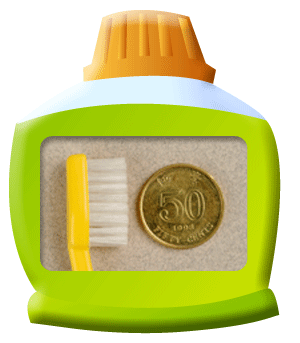
Toothpaste - agent for teeth cleaning
Fluoride toothpaste should be used. Fluoride helps strengthen the teeth and prevent tooth decay. A very small amount of toothpaste, about the size of a pea is enough.
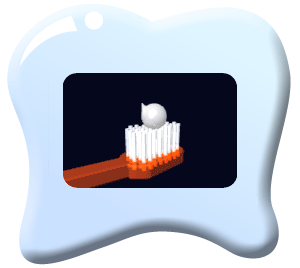
Use a pea sized blob of fluoride toothpaste

Hold your brush at an angle to the teeth and gum margin
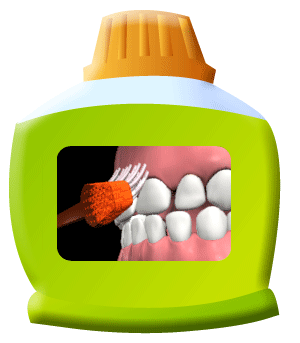
Brush the outer surfaces of two to three teeth at a time in back-and-forth motion. Brush each group of teeth for at least 10 strokes. Remember not to brush too hard, otherwise you will hurt your teeth and gum
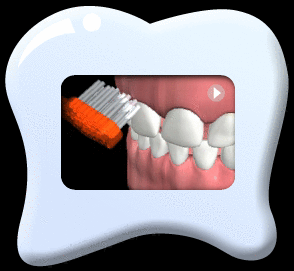
Then place the toothbrush at the inner surfaces of teeth. Brush two to three teeth at a time and repeat the teeth cleaning motion
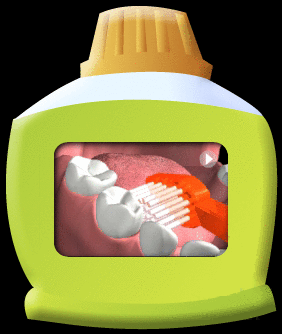
When cleaning the inner surfaces of front teeth, place the toothbrush vertically and brush from the gum towards the crown of the teeth
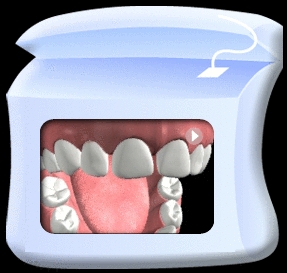
Lastly, we need to clean the chewing surfaces of teeth. Place the toothbrush on the chewing surface and brush back and forth
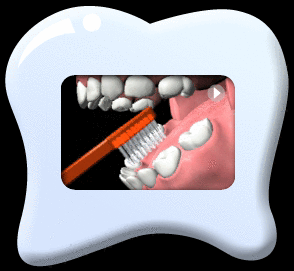
Remember to clean all three surfaces (outer surfaces, inner surfaces and chewing surfaces) of your upper and lower teeth
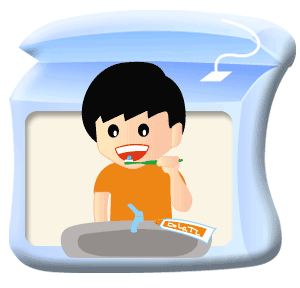
Toothbrushing doesn’t clean the adjacent tooth surfaces of teeth (that are surfaces in between teeth)
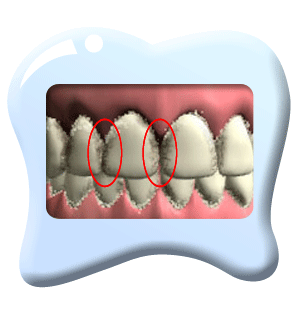
Dental floss is your good help. Remember to use it daily to clean the adjacent tooth surfaces of teeth.
Control the dental floss with your thumbs and index fingers
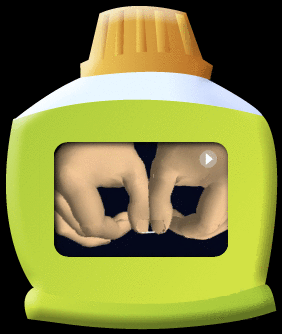
Pull the dental floss in left and right motions and slide it down between teeth
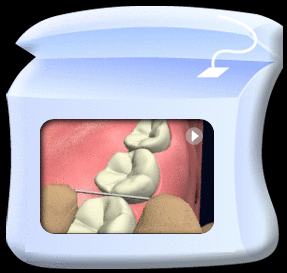
Pull the dental floss onto the adjacent tooth surface of one side of the gap, and pull it in up and down motions to clean the tooth surface
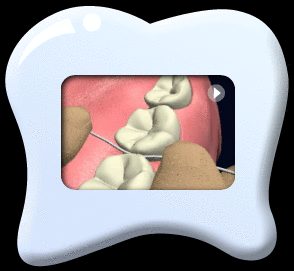
Before you know how to use dental floss, you can ask your parents for help.
Besides the flossing method mentioned above, you may also use the ‘floss holder’ to clean the adjacent tooth surface. The cleaning method is the same, only that you do not need to hold the dental floss by your fingers. The floss is already pulled taut on the holder.